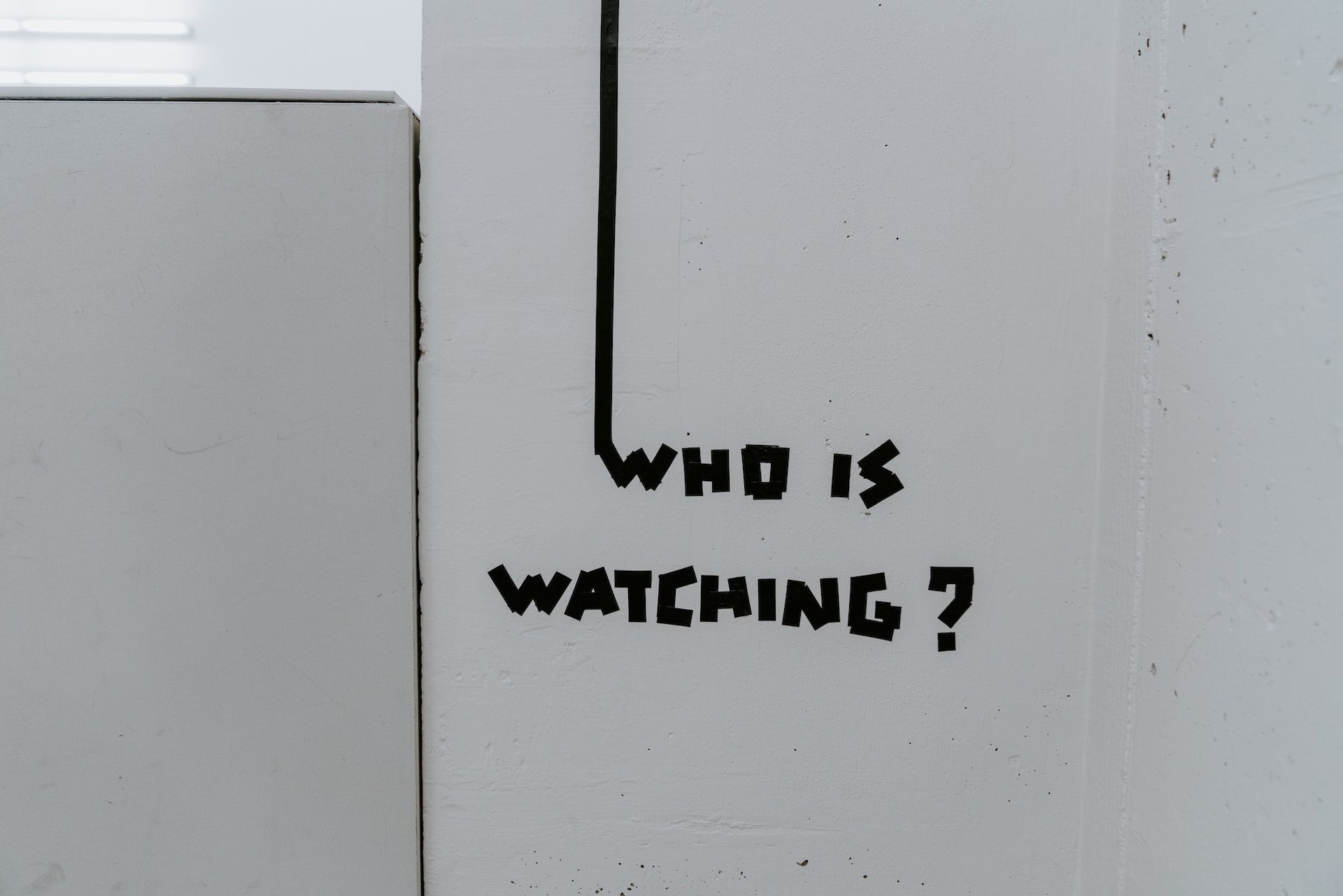|
|
There are many reasons why companies choose to monitor their remote staffs’ productivity. Remote work monitoring may emanate from a concern about what staff are doing during the day when they’re not in the office.
While it may be tempting to institute rigorous monitoring mechanisms, this approach may actually backfire and decrease productivity as employees may feel alienated, stressed and that their privacy is being infringed.
It’s therefore critical to be cognizant of the need to find a balanced approach to performance monitoring and to consider what outcomes of monitoring you’re really hoping to achieve. There are a range of ways to monitor remote work performance like having a remote work policy, setting key performance indicators, and setting clear work expectations and deadlines.
Below we look at some of the reasons and benefits behind remote work monitoring policies, methods for monitoring remote employees, cautions about monitoring your remote staff, and how incentives can help to encourage performance and productivity and alleviate the need to implement strict monitoring.
Why companies are implementing productivity monitoring technology
The mass transition towards remote work has made some managers and leaders skeptical of what their employees are doing each day.
In an effort to check that they’re actually working and to ensure productivity, some companies are implementing various levels of productivity monitoring.
Many people erroneously believe that when people start working from home or remotely that they become less productive. In fact, various studies have shown the exact opposite to be true.
It’s therefore prudent to consider the pros and cons of performance monitoring and what level of scrutiny will be acceptable to your staff before implementing a monitoring strategy.

Here are some of the reasons for (and benefits of) monitoring remote employee productivity
When it comes to using remote work tracking and monitoring software, there are several reasons and benefits which may be used as motivation for using them:
1. Being able to invoice clients
Many companies work with clients who are billed for the amount of time that staff members spend working on their accounts.
It can therefore be very useful to be able to accurately track how much time each employee spends working on different accounts, so that clients get billed accurately.
2. To enhance staff performance
Some managers feel that if staff know that they need to account for time spent working in a detailed way, that they are likely to be more productive.
While this may not always be the case, it can result in staff taking fewer breaks during the day or spending more time focused on completing milestones and being more efficient with their time.
3. To provide more informed staff feedback
If managers are able to gather data on how much time their staff spend on different tasks and then compare average times spent on the same tasks – they can provide feedback to employees about their comparative productivity rates and performance.
If feedback is constructive and provides an opportunity to help staff enhance their performance, that can lead to positive performance outcomes over time.
4. Manage project budgets and deadlines more effectively
Many companies work with large teams on specific projects that have a range of deliverables and deadlines. Managers need to make sure that these projects are managed as efficiently and effectively as possible, and maintaining optimal performance by staff is a core aspect of keeping on track.
When managers are able to track the number of hours staff spend on specific projects and whether they are meeting deadlines on time and in terms of quality – this helps the team stay on track to achieve their goals.
Managing performance on projects also helps managers flag bottlenecks and where underperformance is happening so that they can address these issues and still deliver on their projects.
5. Manage company budgets more effectively
A core reason behind performance monitoring is to ensure maximum efficiency when it comes to staff time. Employers want to know that they are paying for quality work that is efficient and that staff are being productive throughout their work days.
By tracking how much time particular tasks take to complete, managers can also more accurately estimate how much staff budget to allocate to different projects.
6. Monitor security
There are a range of security risks when it comes to managing staff that can create vulnerabilities for companies. By monitoring when your staff access sites that are unsafe or against company policy, managers can help prevent and minimise risks.
Companies may also feel the need to implement other security monitoring software, such as what data is accessed and for how long.

The use of employee monitoring technologies: what are they capable of?
Many companies are turning to technologies to monitor the performance and activities of their remote staff.
These technologies can monitor and track how much time employees spend on different tasks and projects. Some can track keystrokes, amount of time spent on different websites and apps, the times they login and out of software, what’s communicated via email, as well as a range of other data.
How to monitor your remote employees
There are a variety of tools and methods for employers to monitor their remote employees, with a view to ensuring optimal performance and productivity.
This includes setting clear expectations around performance and productivity, and providing clear milestones and deadlines. It also includes providing regular feedback on performance, and providing a clear remote work policy that details any performance management tracking and monitoring activities. And it includes setting key performance indicators and communicating how those will be established and measured.
It’s important to be mindful of the fact that some methods of monitoring productivity and performance may alienate employees and make them feel that they are being micromanaged or that their privacy rights are being infringed.
That can actually have the unintended consequence of diminishing productivity and trust, as employees may feel stressed, micromanaged and as if they are being constantly watched.
Below are several ways in which you can monitor employee performance and productivity:
1. Make your expectations clear and set work milestones and deadlines
One method to ensure that the work you want to be done, gets done – is to be upfront about your expectations and to set clear project milestones and deadlines for deliverables. That way you can easily assess which employees meet the deadlines and quality standards you’ve requested, and who don’t.
Oftentimes employers have expectations around when work should be completed and what it should include, but it’s not explicitly communicated to staff. That creates confusion and can make employers feel that employees aren’t meeting their targets.
There are a range of project management tools that can help managers to set tasks and deadlines. Some monitoring software can also let you assign work to remote employees with details about what should be included and when it’s due by. These tools can also help set reminders about deadlines and can track hours spent on individual milestones or projects which help with project budgeting and reporting.

2. Give your remote staff feedback
By scheduling and implementing feedback sessions with your staff, you can communicate the type of performance that’s expected and can also let staff know when they’re not on track. This can help employees to adjust their workflow and increase their productivity in line with your expectations.
The focus should be on provisioning your staff with constructive feedback and to find out whether they are facing any challenges in submitting work on time. This can also help managers identify whether there are any processes that need to be changed or any conflicts or challenges that need to be addressed and resolved.
3. Keep a digital record of when staff are absent or on leave
There are a range of tools you can use to keep track of when staff are absent from work or away on annual leave. It can be difficult to keep track of these activities, particularly when staff are working remotely. Monitoring software can help HR teams to keep track of these issues more effectively, which can help in cases of disputes around days off.
Providing access to digital software that lets staff easily apply for days off or annual leave, can help you streamline HR and combined with time tracking tools, can help track how many leave days are due and owing.
When you track hours worked, you can then see clearly how many extra hours all staff have worked, and this may help decide who requires additional payment or even a promotion. And you can see what the average time is per task, which helps you assess who is underperforming and therefore needs additional support and motivation.
4. Monitor what websites and apps your employees use
There are various staff performance and productivity monitoring tools that can track and analyse how much time staff members spend on different websites and apps.
Some even measure and track keystrokes and take screenshots while staff work, which may be done covertly and could even be illegal.
And some companies choose to block certain apps and websites from being accessed by their employees in an attempt to boost productivity.
5. Create a remote work policy
Clearly communicating with all staff upfront about how you will measure productivity and monitor their performance helps set expectations, cultivate company culture and creates transparency around your management activities.
This can help employees familiarise themselves with your work methods, policies, procedures and can help them realise what is prioritised.

6. Explain what performance indicators you’ll use to measure performance
Many companies find it helpful to create a list of key performance indicators (KPIs) to measure how productive individual employees are being. KPIs can be customised to different roles, so that they are job-specific.
When employees know what KPIs will be used and how their performance will be measured, they will have a clearer understanding of what they’re expected to do.
7. Define how reporting needs to work
Some managers like their staff to report back to them daily while others are happy with a monthly summary. It’s important to set expectations by communicating what reporting is required, how often and in what format. Some managers prefer reporting in virtual feedback sessions, while others prefer email updates.
Regular reporting helps to track whether staff are making sufficient progress, whether there are any challenges and whether there are any opportunities to enhance performance.
Cautions when implementing employee monitoring
Employers who implement aggressive remote employee monitoring run the risk of alienating staff, making staff feel like they’re being micromanaged and constantly watched, and can erode a sense of trust and loyalty to the organisation.
That can actually reduce overall productivity and may also have negative effects on company culture and even retention rates.
It’s therefore vital that companies ensure that their performance monitoring is actually beneficial to performance and isn’t alienating staff.
It’s therefore important to be transparent about how you will monitor performance, what will be tracked, and how your monitoring efforts will enhance productivity.
If employees can see how monitoring software actually helps to boost productivity and company success, they may be more included to support it.
It’s also important to provide all staff with detailed and standardised policies about remote work monitoring, so that everyone feels that they can hold the company accountable if they don’t comply with this – and so that they know exactly what data will be recorded and how they will be evaluated.
Furthermore, it’s vital that companies and managers provide opportunities for staff to provide honest feedback about their experience of workplace monitoring and performance. This may provide critical insights which can actually help companies improve workplace performance and company culture.

Incentivising remote work performance
No matter where your employees are located, you can incentivise top performance and productivity through a positive work life balance, company culture and attractive benefits.
One of the most sought after perks of remote work is flexibility. This in addition to engagement and a positive work life balance, as well as benefits like bonuses and remote work health insurance.
Remote health insurance is now easily accessible as part of a remote work benefits package thanks to organisations like SafetyWing.
SafetyWing makes it easy for companies to add new staff members to their remote health insurance plans at any time. The signup process is quick and easy, and you can also add additional health cover benefits. That means that no matter where your employees are located, they can access health care benefits.
Final thoughts on remote work and monitoring employee performance
There’s a fine line between monitoring employees’ progress and productivity and micromanaging staff to the point where they feel stressed, resentful and unmotivated to perform.
While there are many benefits to monitoring productivity, there are also best practices to follow to avoid alienating your staff. That includes being transparent about what you’ll monitor, why and how that enhances productivity – and incorporating employee feedback into your performance monitoring strategies.
If you do opt to monitor performance, there are a range of tools, apps and methods for doing so. This may include defining key performance indicators, establishing a remote work policy, providing regular feedback on performance and productivity, and setting clear expectations and work deadlines.












